Top speed 590 km/h Wingspan 9.91 m Engine type Junkers Jumo 211 | Range 850 km Length 8.94 m First flight March 1947 | |
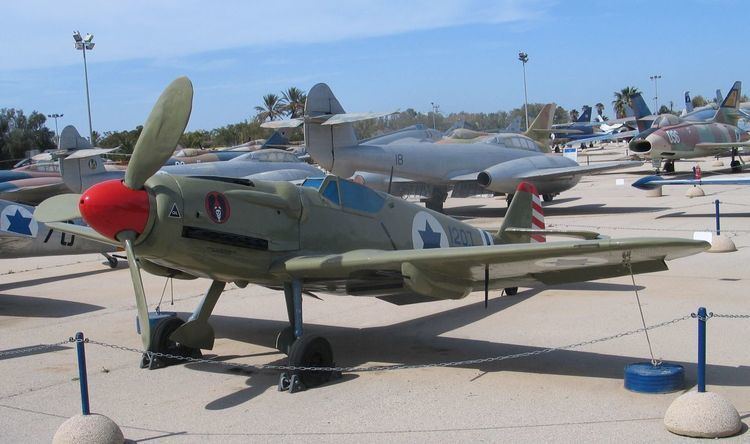 | ||
Unit cost 190,000–190,000 USD (1948) | ||
eskoslovensk letoun avia s 199 v arabsko izraelsk v lce
The Avia S-199 is a propeller-driven fighter aircraft built after World War II, notable as the first fighter obtained by the Israeli Air Force, and used during the 1948 Arab-Israeli War.
Contents
- eskoslovensk letoun avia s 199 v arabsko izraelsk v lce
- Avia s 199 israeli knife history and model kit hobbycraft 1 48
- Design and development
- Israeli service
- Variants
- Operators
- Survivors
- Specifications S 199
- References
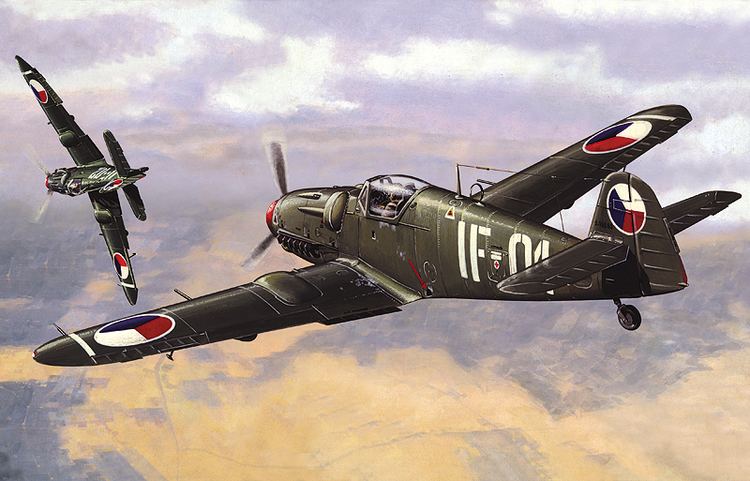
Constructed in Czechoslovakia, with parts and plans left over from Luftwaffe aircraft production, the aircraft had numerous problems and was generally unpopular with its pilots. Czechoslovak pilots nicknamed it Mezek ("Mule"), while in Israel it was officially known as the Sakeen ("knife" in Hebrew). In practice, the aircraft was more often called Messerschmitt or Messer (which also means "knife", in German and Yiddish).

Avia s 199 israeli knife history and model kit hobbycraft 1 48
Design and development
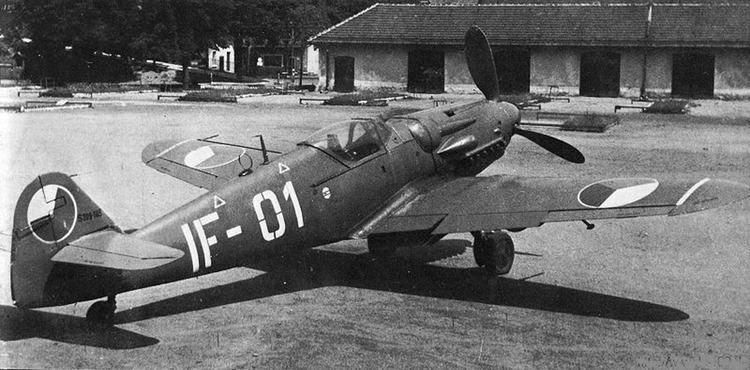
Avia continued building Messerschmitt Bf 109G-6s after the war under the Avia S-99 name, at two aircraft factories in Czechoslovakia: one of them officially called závod Avia (Avia Plant) (1946–48) and závod Avia-Jiřího Dimitrova (Avia-George Dimitroff-Plant, 1948–49) in Čakovice near Prague, as a post-war corporative part of the Automobilové závody, n.p. [Automotive Works, National Corp.], and the other one called závod Vysočany (Vysočany Plant, 1948–49) in Prague, as a corporative part of Letecké závody, n.p. [Aviation Works, National Corp.] but soon ran out of the 109's Daimler-Benz DB 605 engine after many were destroyed during an explosion at a warehouse in Krásné Březno.
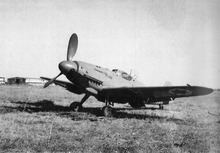
The S-199 continued to use the Bf 109G airframe but, with none of the original engines available, an alternative engine had to be used. It was decided that as a replacement for the original engine, the aircraft would use the same engine (Junkers Jumo 211 F) and propeller as the Heinkel He 111 bomber. The resulting combination of parts was an aircraft with extremely poor handling qualities. The substitute engine with the propeller lacked the responsiveness of the Daimler-Benz unit and the torque created by the massive paddle-bladed propeller made control very difficult. This, in combination with the 109's narrow-track undercarriage, made landings and take-offs extremely hazardous.
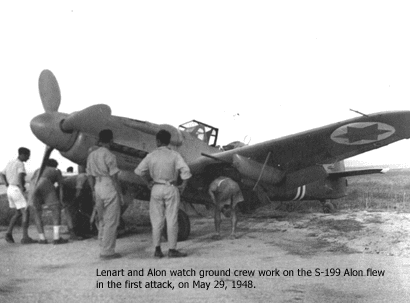
The Daimler-Benz DB 605 engine allowed for a central cannon mount (Motorkanone in German) that fired through the propeller spinner. This was not possible with the Junkers Jumo 211, and so the S-199 used a version of the Luftwaffe's Rüstsatz VI modification kit, which consisted of a pair of MG 151 cannon, one each in a gun pod, one beneath each wing. This further impinged on the aircraft's performance. A final hidden danger lay in the gun synchronizer for the cowl-mounted MG 131 machine guns, which did not work as it was meant to, leading a few Israeli aircraft to shoot off their own propellers.

Around 550 S-199s were built, including a number of conversion trainers designated CS-199 (armed) and C-210 (unarmed). The first flight took place in March 1947, and production ended in 1949. The last examples were withdrawn from Czechoslovak service (with their National Security Guard) in 1957.
Israeli service
Israeli agents negotiated the purchase of Avia S-199s from the Czechoslovak government in defiance of an arms embargo that Israel faced at the time. Twenty five aircraft were obtained and all but two were eventually delivered. The price for a fully equipped plane was $190,000. The first examples arrived on May 20, 1948, six days after Israel's declaration of independence and five days after the commencement of hostilities by Egypt. Forming Israel's first fighter squadron, they were assembled and sent into combat for the first time on May 29, attacking the Egyptian army between Isdud and the Ad Halom bridge, south of Tel Aviv. A few days later, on June 3, the type scored the Israeli Air Force's first aerial victories when Modi Alon shot down a pair of Royal Egyptian Air Force C-47s which had just bombed Tel Aviv.
The type proved unreliable and performed poorly in combat. One Avia pilot remarked "she tried to kill us on every take off and landing." Furthermore, maintenance problems meant that no more than five were typically airworthy at any one time. The type, however, scored victories over its opponents, including the Spitfire. The Avias were mostly withheld from service by the end of October, at which time only six remained operational. The S-199 continued making sporadic sorties through mid-December; American pilot Wayne Peake flipped one on its back on December 15.
Variants
Operators
Survivors
Today at least three aircraft are preserved. Both S-199 (UF-25, sn.178) and CS-199 (UC-26, sn.565) are displayed in Prague Aviation Museum, Kbely and a sole S-199 example is preserved at the Israeli Air Force Museum at Hatserim Israeli Air Force Base.
Specifications (S-199)
General characteristics
Performance
Armament
